Uralic Essive and the Expression of Impermanent State.
This volume is the first book length study into the essive, a relatively unknown case marker like English âas (a child)â. It focuses on the distribution of the essive in contemporary Uralic languages with special attention to the opposition between permanent and impermanent state. The volume presents large sets of new data and insights into the use of the essive in nineteen Uralic languages on the basis of a typological linguistic questionnaire. The typological variation is discussed within the linguistic domains of non-verbal main predication, secondary predication, complementation, and manner, temporal, and circumstantial adverbial phrases. The descriptions and analyses are presented in such a way that they are accessible to linguists in general, descriptive and theoretical linguists, and specialists in Uralic and/or linguistic typology. The data and approach offer many starting points for further investigations within but also outside the Uralic language family.
{{comment.content}}


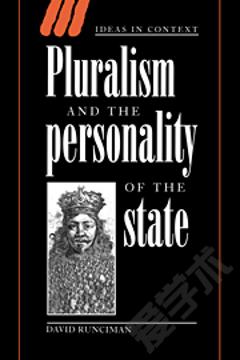
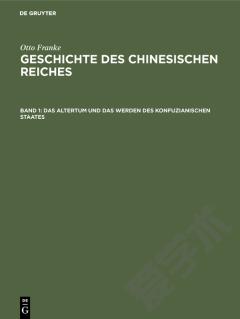
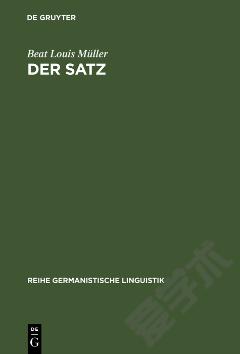
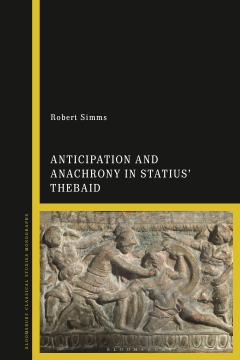
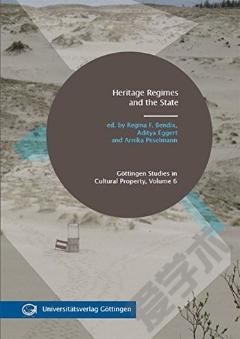

 京公网安备 11010802027623号
京公网安备 11010802027623号